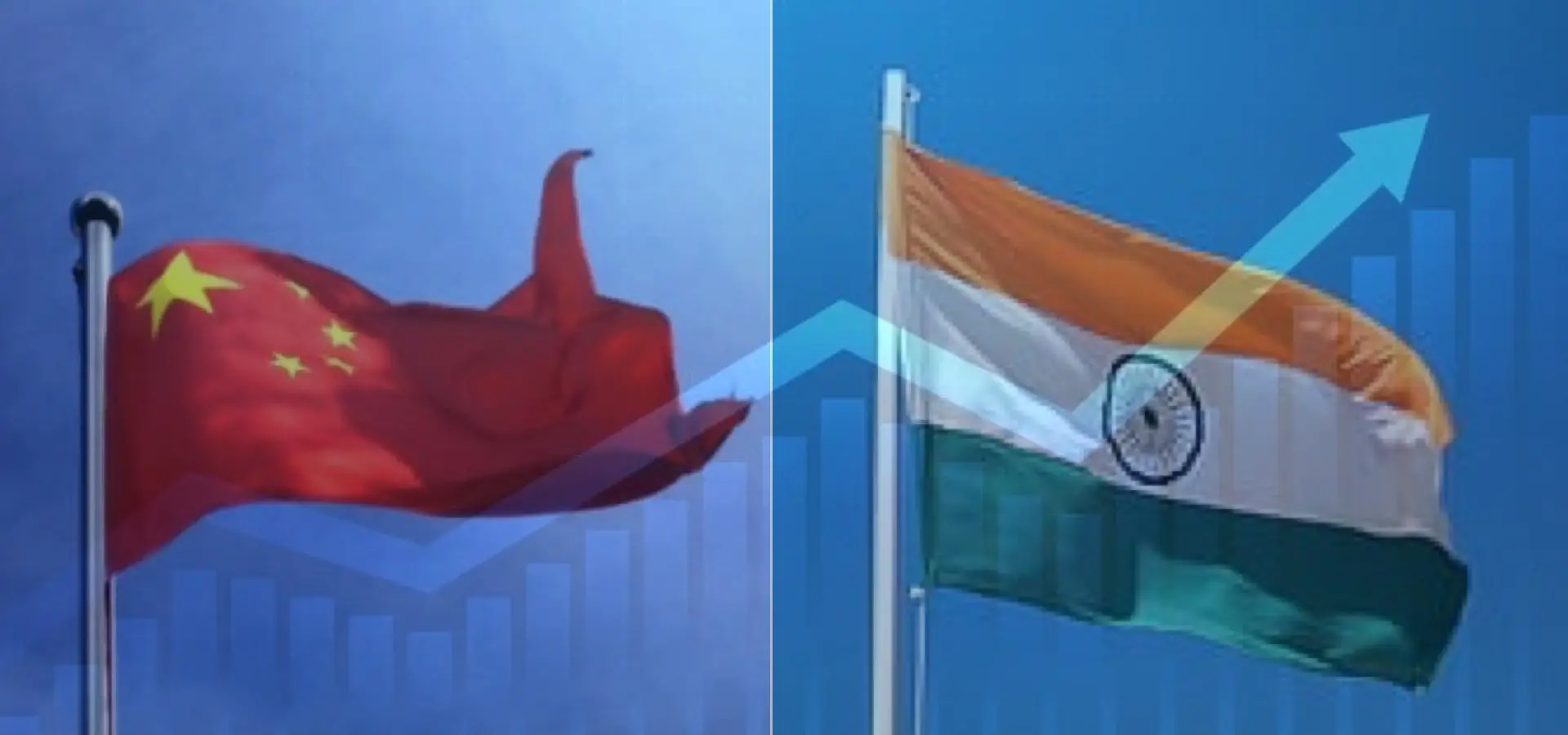China’s Imports and Exports dropped Sharply in July, Posing Challenges for Economic Recovery

Credit:Google
China’s economic recovery faces a daunting test as trade figures for July reveal a stark decline in both imports and exports, casting shadows over the world’s second-largest economy amidst a backdrop of global economic uncertainties. In an unexpected turn, imports experienced a significant 12.4% drop while exports plunged by a staggering 14.5%, marking the sharpest decline since the onset of the pandemic in February 2020.
China’s exports declined 14.5% year-on-year adding to the prolonged trade slump which has fueled concerns about growth prospects. Imports down by 12.4%, the biggest decline since Covid. 👀 pic.twitter.com/vliOsG6zWa
— Theresa Fallon (@TheresaAFallon) August 8, 2023
These grim trade statistics are heightening concerns about the immediate recovery prospects. The unexpected slump raises questions about the sustainability of economic growth and exacerbates pressure on the Chinese government to institute effective countermeasures. The decline is particularly pronounced in key sectors such as manufacturing, construction, and services, while foreign direct investment and industrial profits are also facing headwinds.China’s exports declined 14.5% year-on-year, adding to the prolonged trade slump that has fueled concerns about growth prospects. Imports were down by 12.4%, the biggest decline since COVID.
The intricate interplay of factors includes both weakening global demand and internal challenges. Exports to vital markets like the United States and the European Union plummeted by 23.1% and 20.6%, respectively, underpinned by diplomatic tensions and disagreements over technological advancements. Additionally, falling commodity prices further amplify the headline declines.
Amid these challenges, China’s policymakers are navigating a delicate balance between stimulating domestic consumption and preventing large capital outflows through excessive monetary easing. While measures have been announced to support entrepreneurs and boost consumer spending, skepticism prevails due to the absence of substantial policy initiatives.
The implications of China’s trade woes are far-reaching. With the global economy intricately linked, the repercussions are not limited to China alone. As the numbers paint a stark picture of economic challenges, global markets are also reacting. The yuan experienced a dip, and stocks in Asia, as well as currencies like the Australian and New Zealand dollars, displayed weakness in response to the data.
The urgency to address the trade decline is underscored by the looming specter of a further economic slowdown in the third quarter. Analysts point to a worrisome outlook for consumer spending in developed economies, with potential mild recessions later in the year. China’s trade dynamics continue to be closely watched as a barometer of broader economic trends, while the task of balancing domestic growth, global trade tensions, and market stability remains a complex endeavor for Chinese policymakers
RELATED NEWS
WEB STORIES FOR YOU
Stay connected with Today On Globe for the latest Global Issues and News Updates.
Explore more related articles at [TOG News / TOG Article]























